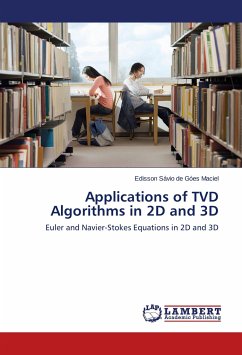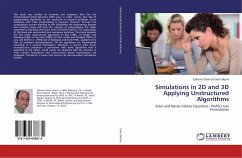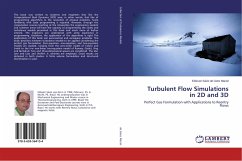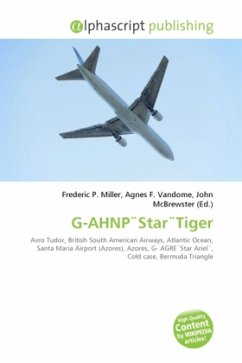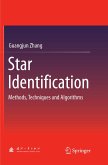Chemical rocket propellants undergo exothermic chemical reactions to produce hot gases which expand and push on a nozzle, which accelerates them until they rush out of the back of the rocket at extremely high speed. They can be basically classified into two types, liquid propellants and solid propellants. Solid propellants can be basically classified into double base propellant and composite propellant. Solid propellants are used in forms called grains. A grain is any individual particle of propellant regardless of the size or shape. The shape and size of a propellant grain determines the burn time, amount of gas and rate produced from the burning propellant and consequently thrust vs time profile. Most commonly used solid propellant is ammonium perchlorate composite propellant with Hydroxyl Terminated Polybutadiene (HTPB) binder. Ammonium perchlorate decomposes to give oxidizer molecules and HTPB decomposes to give out fuel molecules. The exothermic reactions that sustain the combustion process occur in solid, surface and the gaseous phase and thus comprise complex chemical kinetics.
Bitte wählen Sie Ihr Anliegen aus.
Rechnungen
Retourenschein anfordern
Bestellstatus
Storno


